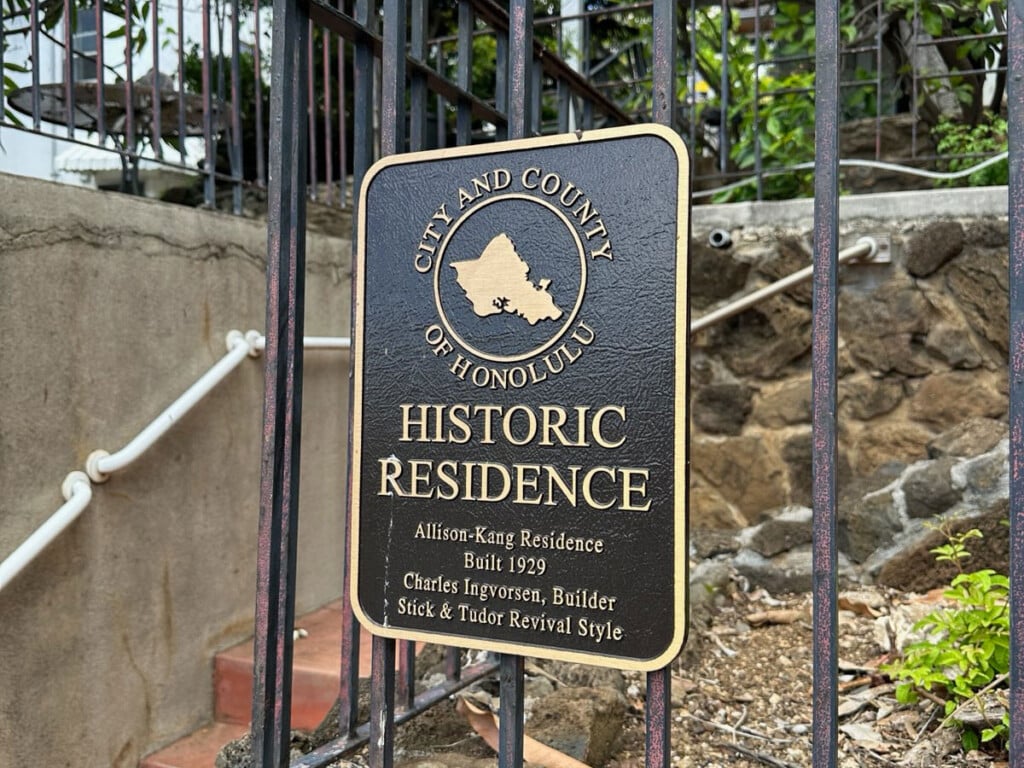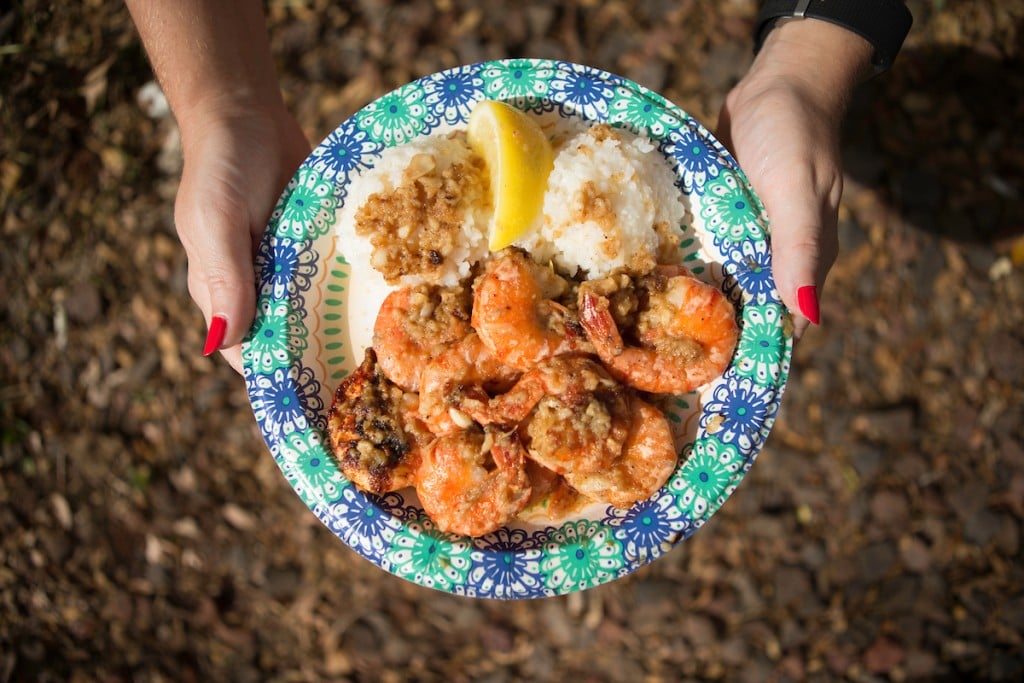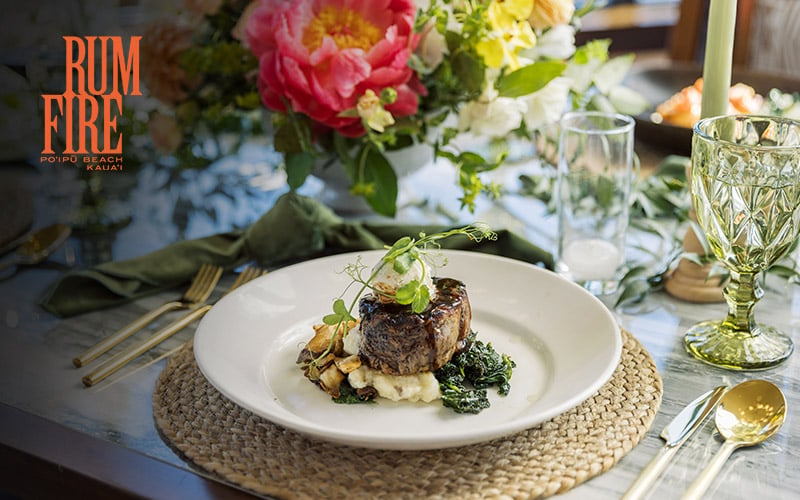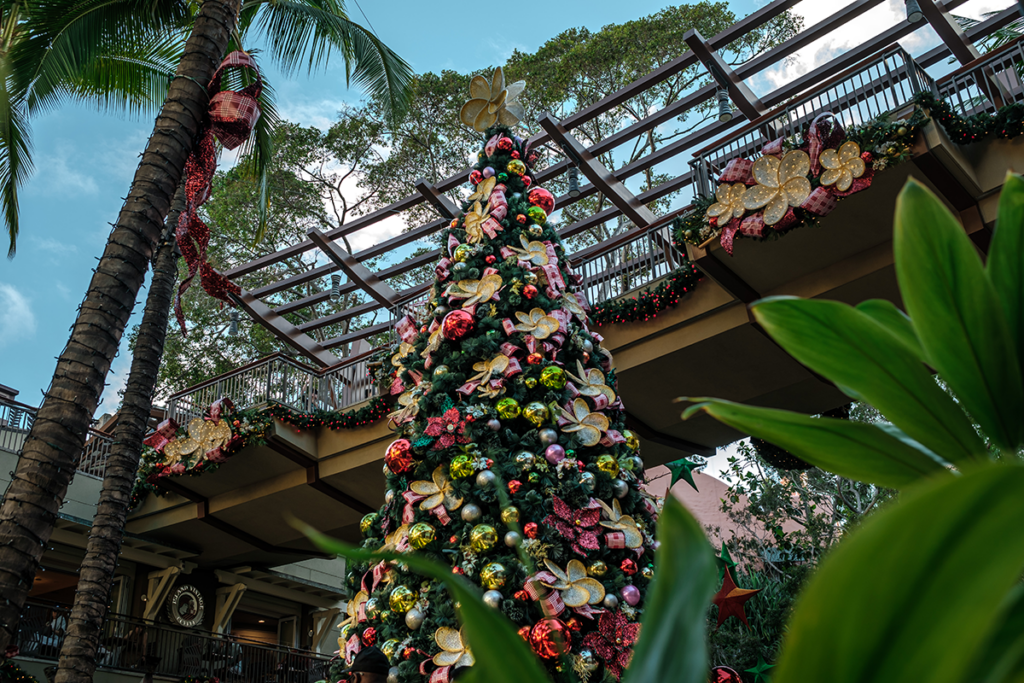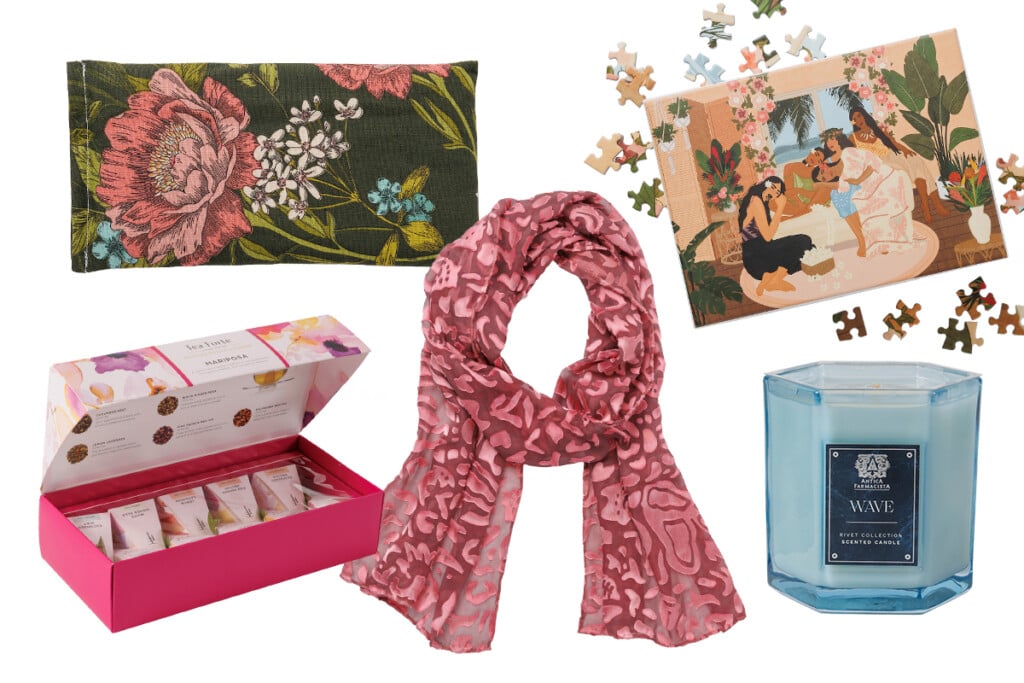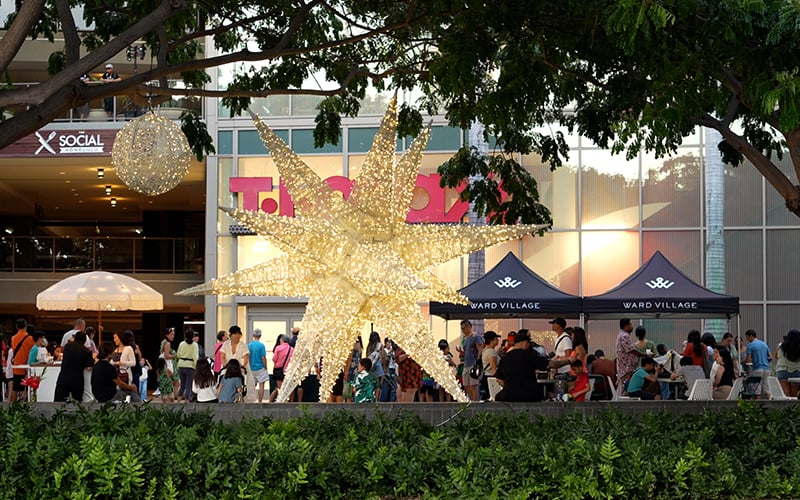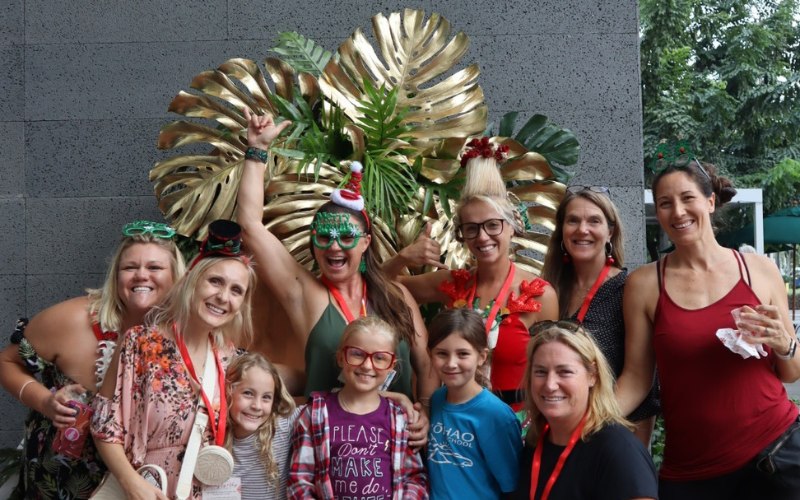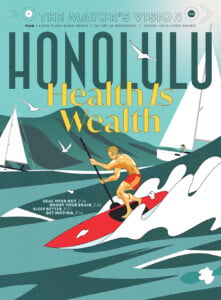Misnomer: Stop Naming Places After People
What I can’t stand is when a human name replaces a name that was actually descriptive of the area.
Remember in 2014 when a Honolulu City Council member proposed that Sandy Beach be renamed President Barack Obama Sandy Beach Park? Yeah, that didn’t go over well.
I was reminded of that misguided endeavor when I got yet another news release of a park’s name being changed, this one from Waikele Community Park to Darrell T. Young Waikele Community Park. I get the sentiment—honoring someone who was a dedicated public servant, someone without whom the neighborhood wouldn’t be what it is today, is a well-intentioned attempt at preserving that person’s legacy. But practically speaking, no one is going to say, “Wanna meet at Darrell T. Young Waikele Community Park?” It’s a nice gesture that, while ineffectual, ultimately harms no one, so I’ll let it slide.

Via Midjourney
What I can’t stand, though, is when a human name replaces a name that was actually descriptive of the area. Yes, I’m still annoyed about the Daniel K. Inouye International Airport and how its name went from super clear and place-based to vague and controversial, for no useful reason.
Las Vegas named its airport after a U.S. senator, too: Pat McCarran. It held the name McCarran International Airport for decades until Sin City decided it didn’t really want to be associated with a racist anymore and switched to less problematic Harry Reid in 2021, shortly before his death. Reid wasn’t perfect either. So why can’t it just be the Las Vegas International Airport? Why do we insist on making things more complicated and divisive than they need to be? It’s not easy to rebrand and reeducate the public about these major landmark changes, but it seems we’ve doomed ourselves to continue this loop whenever namesakes fall out of favor or those we deem more worthy come along.
If place names aren’t going to be descriptive, they should at least be historically relevant. I’ve been spending a lot of time reading Place Names of Hawai‘i by Mary Kawena Pukui, Samuel H. Elbert and Esther T. Mookini. It’s the well-regarded standard for many, including HONOLULU Magazine. I enjoy learning what traditional Hawaiian place names were, and what they meant, before they were replaced by some 20th-century people or businesses that occupied those places for short periods, or by whichever developers had the most money.
SEE ALSO: 14 Common Place Names on O‘ahu and What to Call Them Instead
Take Kaluapuhi Neighborhood Park in Kāne‘ohe. In Place Names of Hawai‘i, Kaluapuhi means “the eel pit” and is the name of a fishpond at Marine Corps Base Hawai‘i. It was also the name of the ‘ili, or subdivision, that encompassed the park, according to the Office of Hawaiian Affairs’ Kīpuka database. In 2020, the park was renamed Souza Dairy Park to “help convey the history of [the] Windward park to future generations.”
I mean, sure, if a 30-year stint as a dairy is its most important legacy in the hundreds of years that humans have lived there. And maybe it is—the local family-owned business produced nearly 1,500 gallons of milk per day. There aren’t any commercial dairy farms on O‘ahu anymore, except for Naked Cow Dairy, which focuses on butter and cheese. But replacing the park’s previous name puts us dangerously close to forgetting its history before the 1940s.
One of the most beautiful things about Hawai‘i is its rich past. The Hawai‘i Tourism Authority and some local leaders have been big players in the push to restore nā inoa ‘āina, or proper place names. So, while renaming a beach after the first U.S. president from Hawai‘i might seem cool to some, I’m glad Sandy’s didn’t change. Instead, its traditional name of Awāwamalu has been gaining traction. Honoring Native culture? That’s much cooler.
